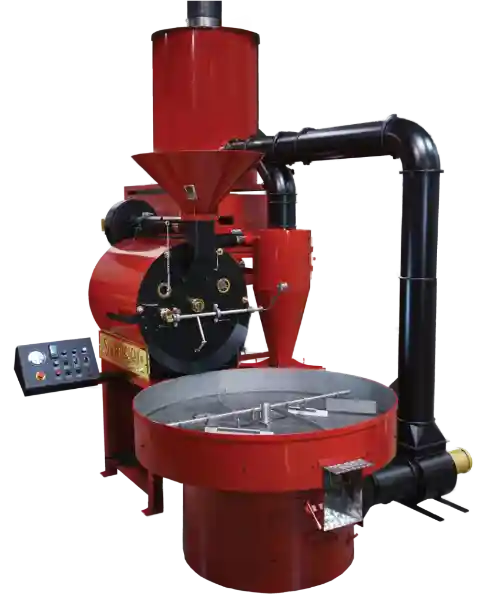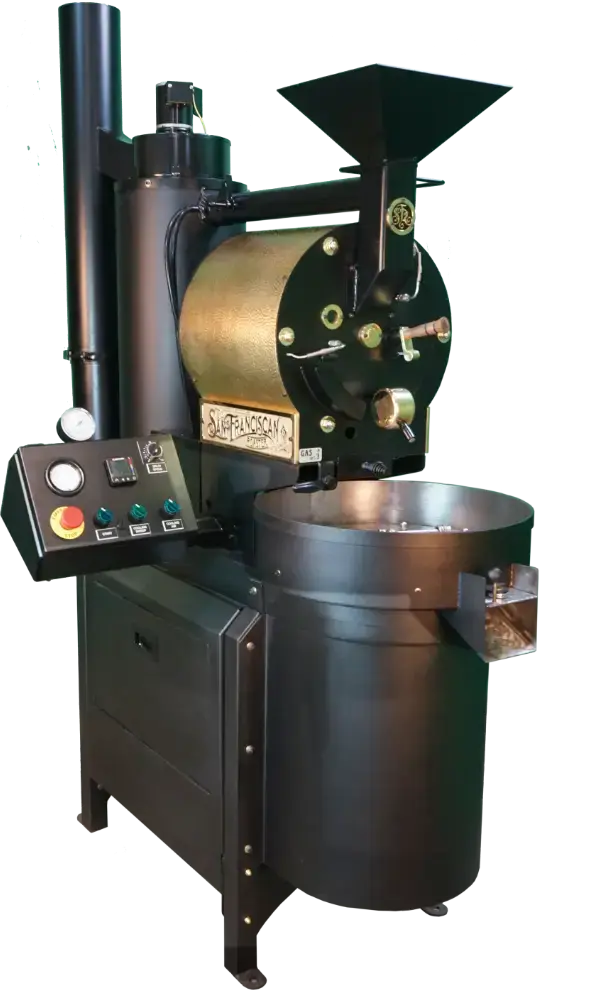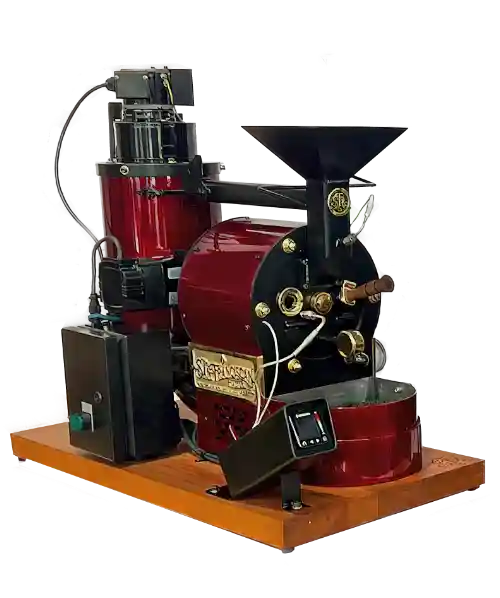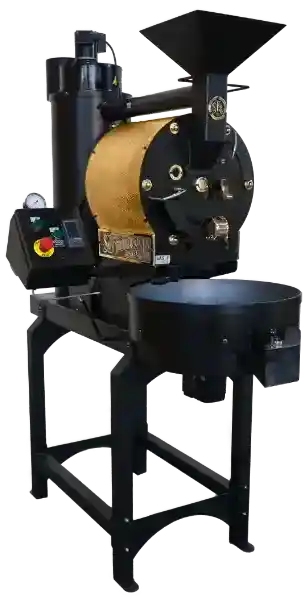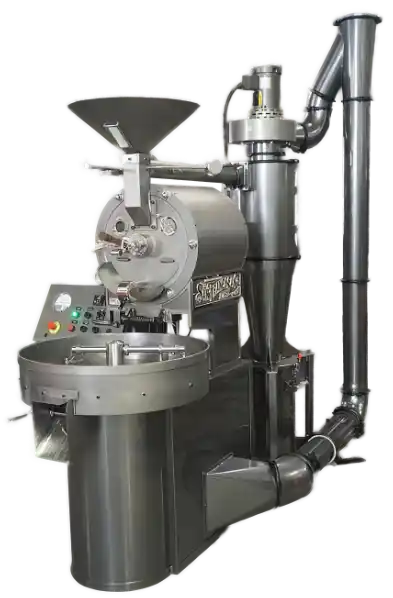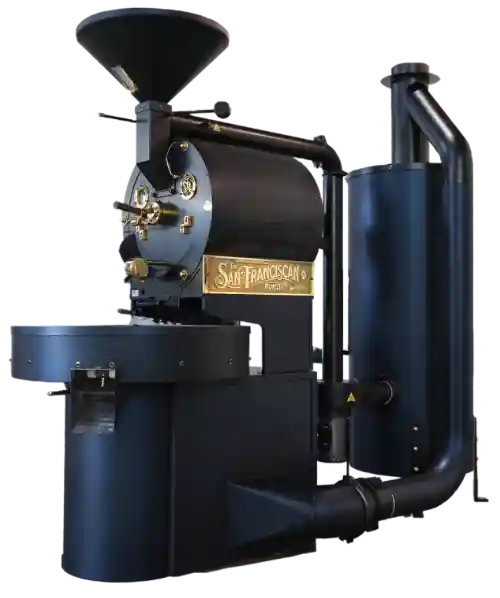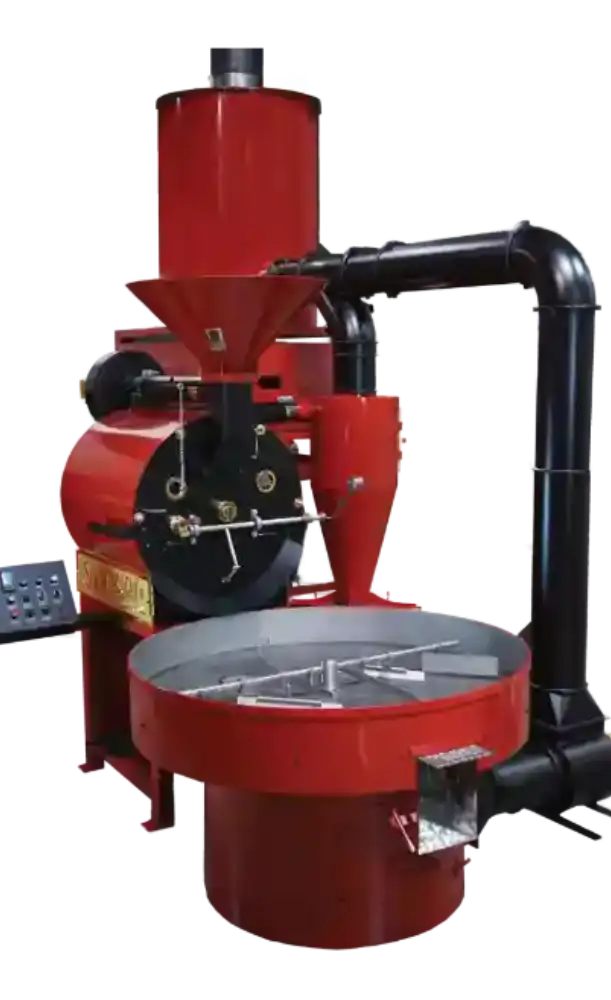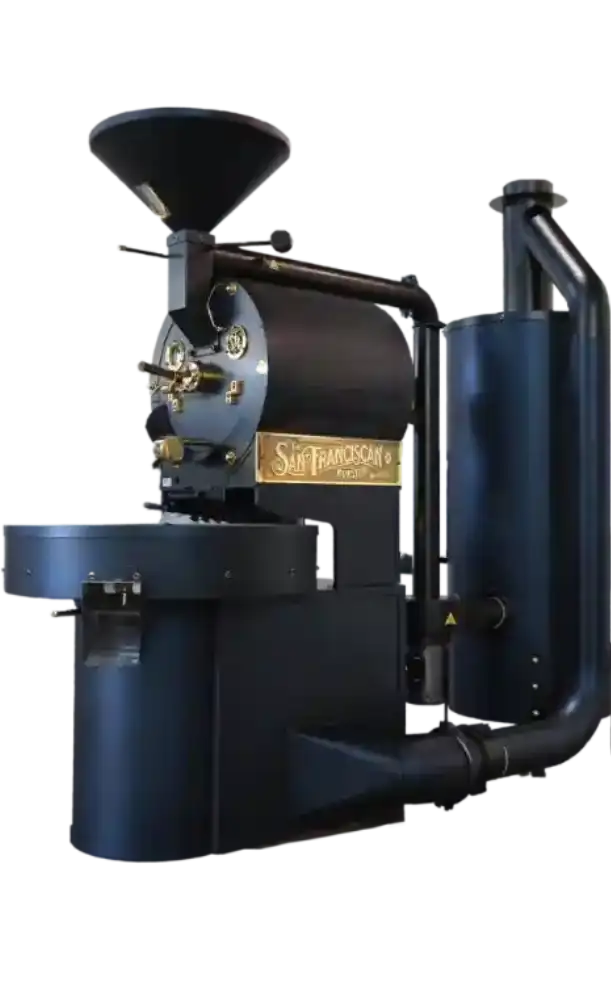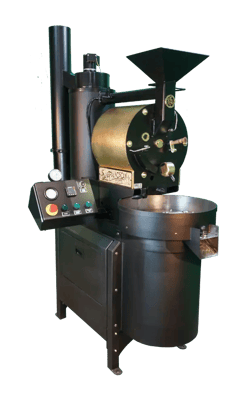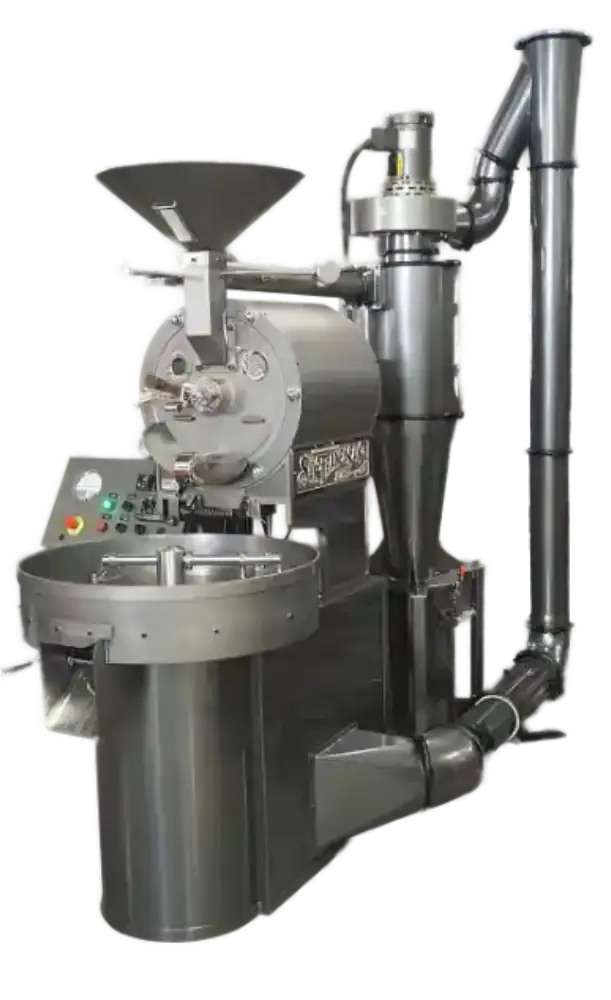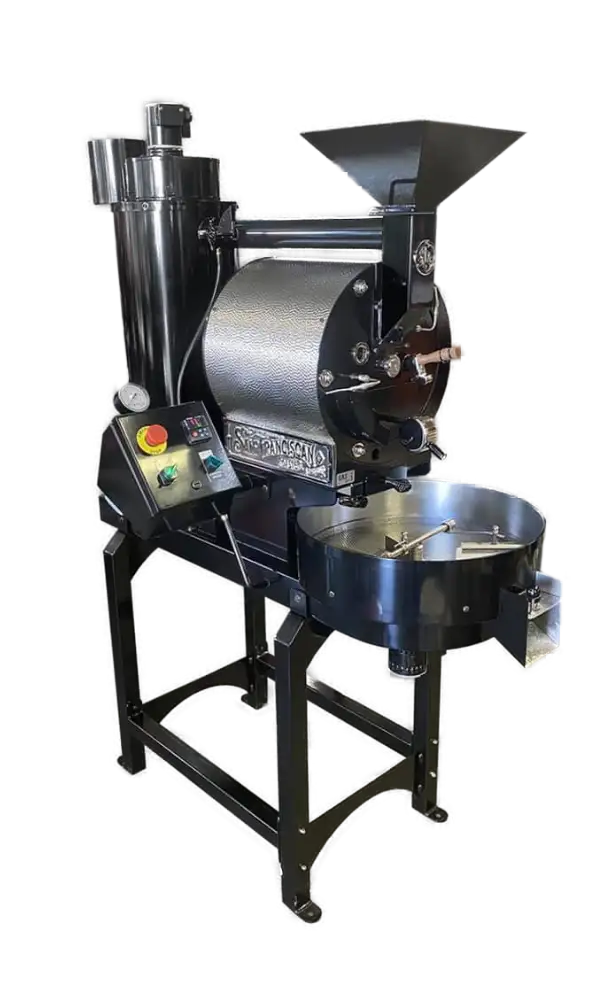A guide to Buying Coffee Beans
Building Your Supply Chain: Growers, Importers, and Middlemen that Matter
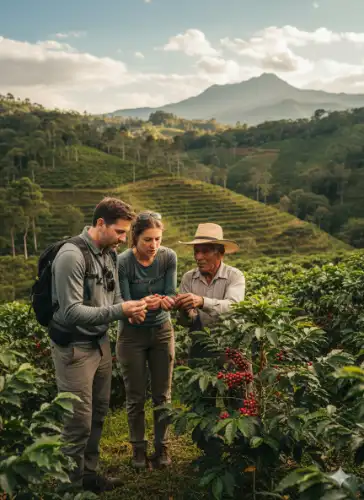
Buying green coffee starts with how close you want to be to origin. Some roasters build direct relationships with producers—cupping at the farm, aligning on processing, and agreeing to multi-harvest commitments. Done well, direct trade secures distinctive lots, real traceability, and a brand story grounded in people and place.
If you need breadth, speed, and operational reliability, Importers streamline the path. They manage origin logistics, QC, contracts, warehousing, and offer lists.
Wholesalers simplify the process further with small minimums and fast turnarounds.
Most professional programs blend all three: importer anchors for consistency, wholesaler spot buys to bridge gaps, and one or two direct relationships for signature offerings.
Pros & Cons at a Glance
Direct Relationships
- Pros: Highest traceability; unique microlots; influence over processing; durable brand story.
- Cons: Longer lead times; higher MOQs; more logistics risk; cash tied to harvest cycles.
Importers
- Pros: Broad origin access; warehousing; pre-shipment QC; spot and forward contracts; predictable paperwork.
- Cons: Less exclusivity; premiums on the best lots; competition for rare releases.
Wholesalers
- Pros: Small MOQs; fast delivery; simple onboarding; ideal for tests and stopgaps.
- Cons: Rotating availability; variable traceability; occasional stock-outs.
| Buying Option | Minimums | Lead Time | Traceability | Variety Access | Risk | Best For |
|---|---|---|---|---|---|---|
| Direct Relationships | Medium–High (bags/containers) | Longest (harvest cycles) | Highest | Exclusive microlots | Quality variance, logistics on you |
Signature lots; brand story |
| Importers | Low–Medium | Moderate (spot/forward) | High (varies) | Broad, curated | Lower; QC & warehousing included |
Anchors + seasonal variety |
| Wholesalers | Lowest | Fastest | Moderate | Good, rotates often | Stock-outs, price swings |
New roasters, gap-fills |
Case Study: Treeline Coffee — Why Going to the Source Matters
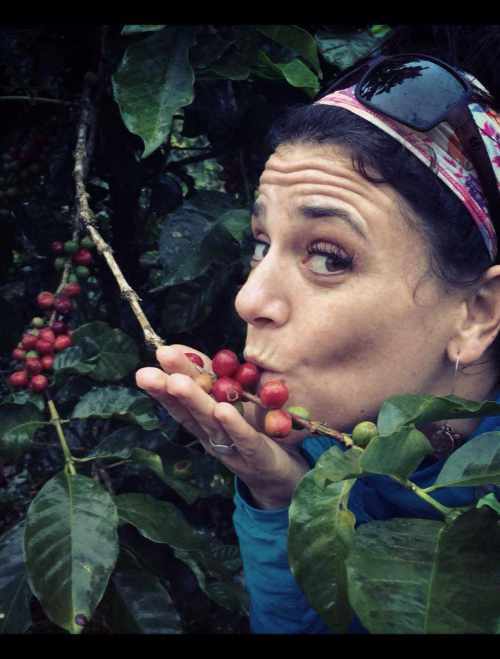
When Treeline Coffee’s founder, Natalie Van Dusen, first encountered coffee at origin in Colombia—learning directly from a farmer (Don Elias) and later prioritizing farm visits across producing countries—the company built its buying program around firsthand understanding of how coffee is grown, processed, and moved. That proximity shaped everything: they emphasize seasonal, single-origin lots from farms with quality, ethical working conditions, and sustainable practices, and they literally travel to origins to deepen those relationships and verify standards. The result shows up in the cup and the story—traceable coffees with documented processing choices and a roastery philosophy tuned to highlight each lot’s unique character.
Treeline’s on-the-ground perspective translates into tighter quality control (cupping against pre-ship and arrival samples), clearer communication on processing goals, and a portfolio that balances reliability with distinctive profiles. It also fuels brand integrity: they share the “life cycle” of coffee—from cultivation and harvest to roasting (on San Franciscan roasters, graduating from an SF-6 to an SF-25) and freshness dating—so customers can taste and trust the work behind every bag.
For roasters considering more origin engagement, Treeline’s path illustrates the benefits: better alignment with producers, fewer surprises at receiving, stronger narratives for limited releases, and a sourcing culture that can withstand market swings because it’s anchored in relationships, not just offer sheets.
The San Franciscan Roaster™ Range

